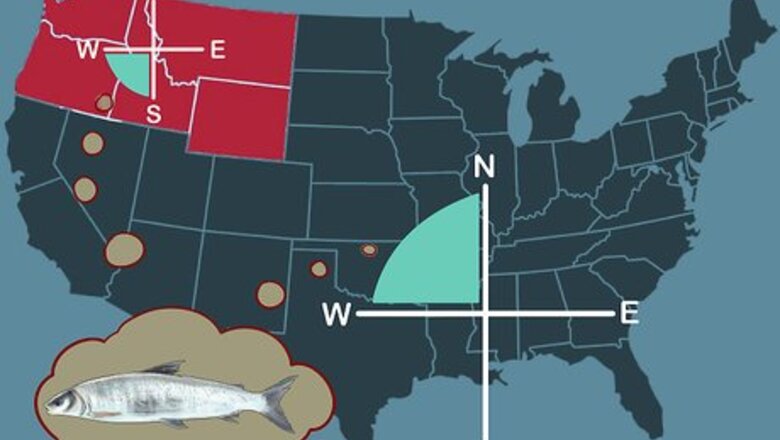
views
Choosing Your Time and Location
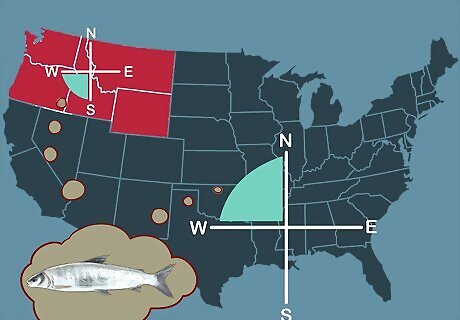
Travel to northwest U.S or southwest Canada to catch whitefish. Most whitefish live in the Great Lakes, Canada, and Alaska. They are found mainly in lakes and streams, from Nevada to the Yukon Territory. While you can find them in other areas of the world (California, Mexico, and South America), travel here to catch the best whitefish. Some whitefish are found in the Pacific Ocean as well. You can search online to find popular fishing spots in advance. Search for something like, "Best whitefish spots in Nova Scotia."
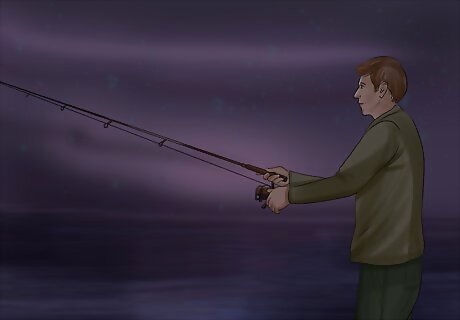
Fish at night to take advantage of optimal catching time. Whitefish do most of their feeding at night, so it is popular to go night fishing for whitefish. You can also go fishing right at dawn.
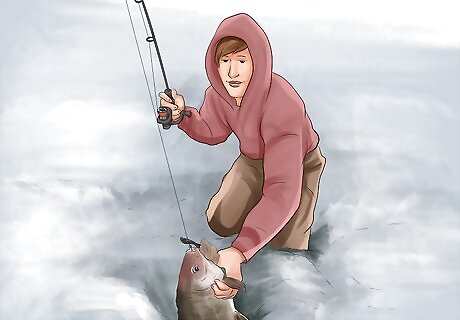
Go ice fishing in the winter months if you’re up for the cold. You can catch whitefish all year long, but catching whitefish from underneath the ice is extremely popular in the winter. Mostly all ice fishermen use jigging setups and sonar to catch their whitefish. Ice fishing is more difficult than regular fishing because your visibility is limited. Rather than seeing through the water, you have to drill a hole through the ice and fish through the hole.
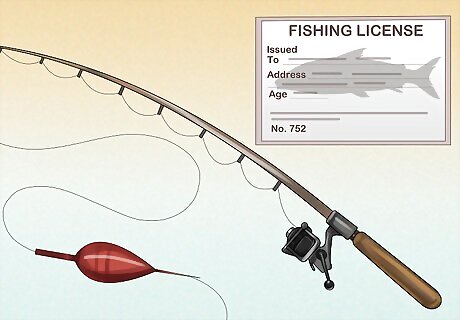
Purchase a fishing license for your fishing destination. In the United States and Canada, most states require you to have a fishing license to catch whitefish. Research the fishing laws online before you travel to avoid getting fined. You can obtain a license online or at a hunting or sporting store.
Setting up Your Bait
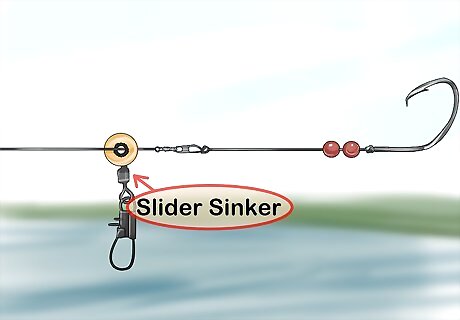
Attach a slider sinker to your main fishing line if using a weight. Slide the sinker onto your line, and tie a knot to secure it. Pyramid sinkers work well because they keep the line from drifting into others, based on the triangular shape. Weights are helpful when fishing for whitefish because they bring your bait to the bottom, where the whitefish eat. You can add a weight if you are using either a jigging spoon or live bait.
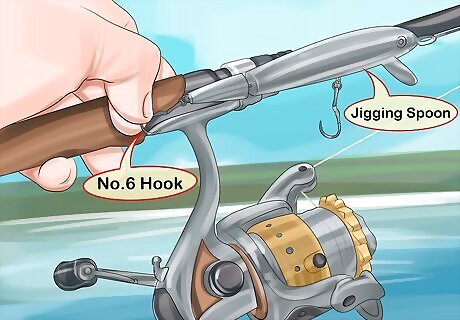
Attach the jigging spoon and a no.6 hook to your line if using a spoon. Tie a no.6 hook to the end of your line, running it through the jigging spoon. Whitefish have delicate, small mouths, so use a small hook. Many fishermen catch whitefish using jigging spoons. This is very popular, especially for lake fishing.
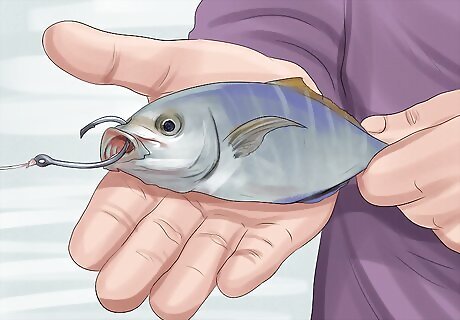
Bait your hook by piercing your bait with a no.6 hook if using live bait. You can make 1 puncture or a few, depending on the size of your bait and how secure you want to wrap it. Small bait like eggs or small lures will only need 1 puncture, while longer, thin worms may need 2 punctures. White jigging spoons are the most popular bait for catching whitefish, many people use live bait as well. Choose between salmon eggs, wigglers, maggots, and waxworms. Whitefish have small mouths, so you should use small eggs or worms when selecting live bait.
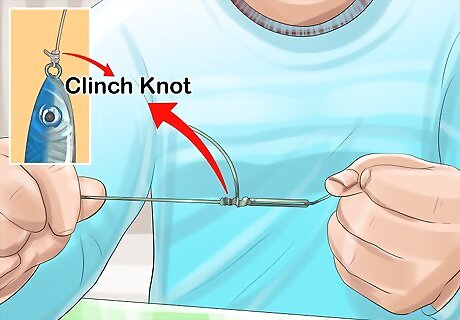
Tie a clinch knot to secure your bait to your line. Run your line through your spoon, hook, or other lure. When you get to the end, create a small look by bringing the end of the line back towards your hook. Make 5 “s” twists around the line, and then bring your end towards the hook, pushing it through the first loop made near the eye (the loop you made before the “s” twists). Pull your knot tightly, and you’re ready to cast! Clinch knots aren't required, though they help assure your line and lures are tied tightly and securely.
Catching Your Whitefish

Use your fish sonar to help locate the whitefish. Turn your sonar onto manual, and add in the upper and lower depths of the water (search on Google to find the depths if they aren't listed at your location). Zoom in so you can easily see the bottom 15-20 feet of the water. You will see fish icons display on the screen as they swim by. For ice fishing, sonar is extremely helpful. Without it, it is very difficult to locate the fish.
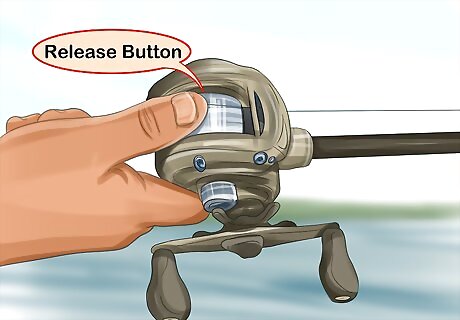
Cast your line using the reel’s release button. Press the release button and hold down on it while making your cast. Using your wrist, bring your rod over your shoulder, and flick your wrist to move the rod forward. When you reach the “10:00” position, lift your finger up from the release button. Your jigging spoon or live bait will now fly across the water, and you’ve made your cast! Use your thumb as the break, watch the lure fly out until it hits the surface of the water, and then use your thumb to stop the spool. If you want to get rid of any slack in your line, reel in your line a little. Feel free to make your cast again if you aren't satisfied with the first cast. When ice fishing, you will cast into the hole in the ice, rather than across a lake or stream.
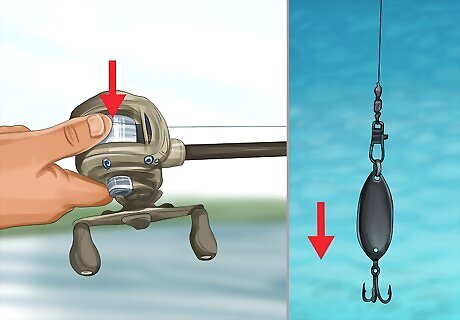
Drop your bait to the very bottom of the water using the release button. After you’ve made your cast, press and the release button once more to drop the spoon to the bottom of the lake or river. Whitefish mainly eat from the bottom of lakes or rivers, so you want to place your bait where they will feed.
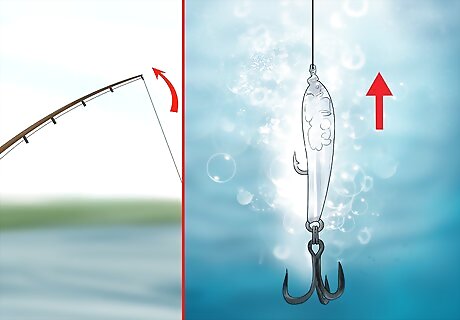
Create a "cloud" of dirt by pulling up on your live bait or jigging spoon. Hold onto your fishing rod and quickly jerk the tip of your rod upward, flicking your wrist. This will move your bait from the bottom up a few inches, which is helpful because you want to mimic the feeding patterns of the whitefish. You want the cloud to form about 1 foot (0.30 m) off the surface.
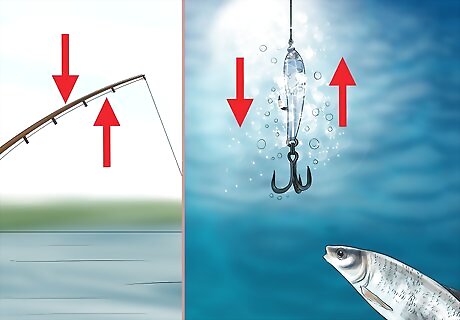
Lift up and down with your rod to raise the bait into the cloud. Raise up your spoon or live bait to tempt the fish with “food.” Let the bait hover in your cloud for about 10 seconds and then release it back below. This is how you will tease the fish to take your bait. The bait mimics the small fish whitefish feed off of.
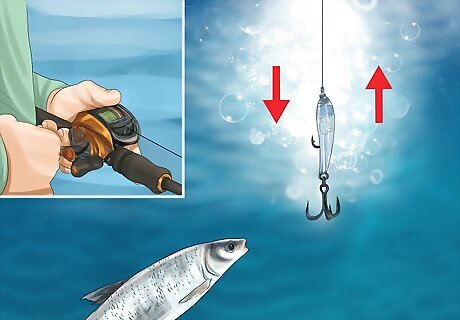
Repeat lifting and releasing the bait in the cloud until you catch a fish. Make your movements slowly so you don’t snag your fish instead of getting it to bite. Move your bait from about 6 inches (15 cm) to 1 foot (0.30 m) off the bottom into your cloud as you try to catch a fish. Snagging your fish is when you scrape it with the hook rather than piercing it. You can lose your fish if you don't set the hook securely.
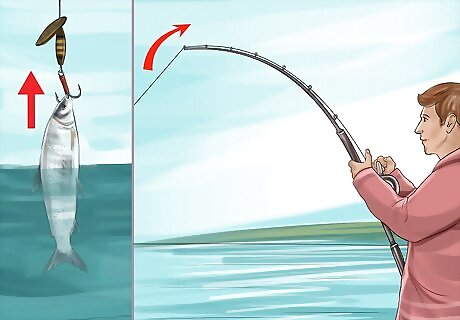
Set your hook when you feel a tug on the bait. Quickly jerk your line so your hook pierces the fishes lip. Reel in your line until you can pick up the fish with your hands or a net. You’ve caught a whitefish! If the fish meets local catching protocol, you can keep it and make it for dinner. If not, release the fish after you catch it. Research catch and release laws based on where you are fishing.
















Comments
0 comment